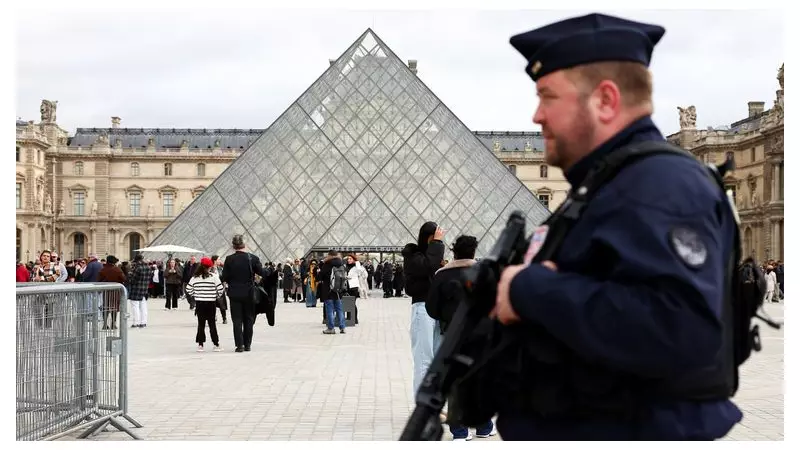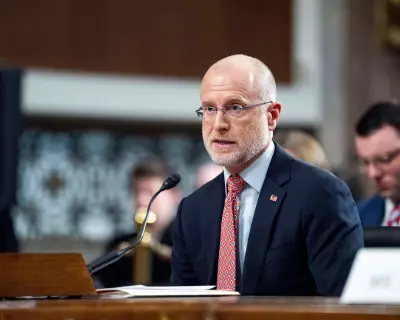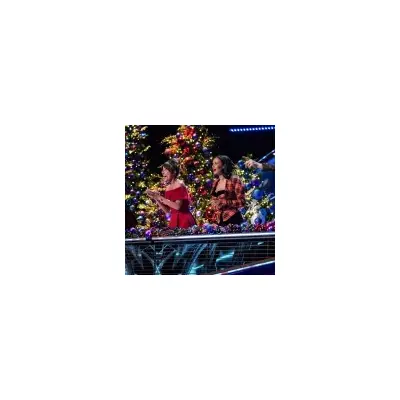
In a dramatic development following the audacious theft at the world-renowned Louvre Museum in Paris, two suspects have made partial admissions regarding their involvement in the high-profile crime.
French judicial officials confirmed that the arrested individuals have acknowledged some participation in the heist, though the full extent of their confessions remains unclear as investigations continue.
Inside Job Theory Under Scrutiny
Authorities are actively investigating whether museum staff or security personnel might have played a role in facilitating the theft. The sophistication of the operation has led investigators to consider the possibility of insider knowledge being used to bypass the museum's extensive security systems.
French officials have addressed these concerns directly, acknowledging that the inside job theory forms a significant part of their ongoing investigation. The precision with which the thieves operated suggests detailed knowledge of the museum's layout and security protocols.
International Art World Shocked
The theft from one of the world's most visited and heavily secured museums has sent shockwaves through the international art community. Security experts have expressed astonishment at how perpetrators managed to circumvent the Louvre's advanced protection systems.
While specific details about the stolen artworks remain limited due to the sensitive nature of the investigation, sources indicate the items taken are of significant cultural and monetary value.
Ongoing Investigation
French police continue to pursue multiple lines of enquiry, with the partial admissions from suspects providing crucial leads. The investigation team is examining security footage, conducting forensic analysis, and interviewing museum staff and other potential witnesses.
International art crime units have been notified, and Interpol has been alerted to prevent the stolen pieces from crossing borders or appearing on the black market.
The Louvre Museum administration has cooperated fully with investigators, conducting its own internal review of security procedures while maintaining regular visitor operations in unaffected sections of the museum.





